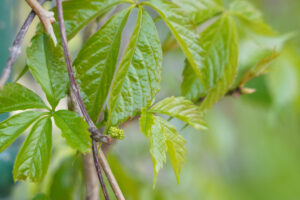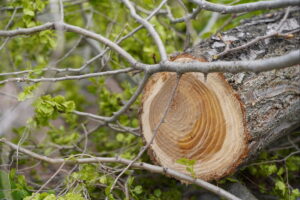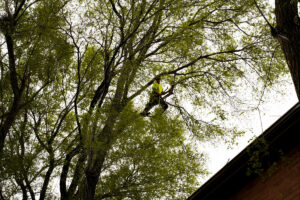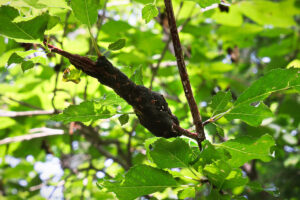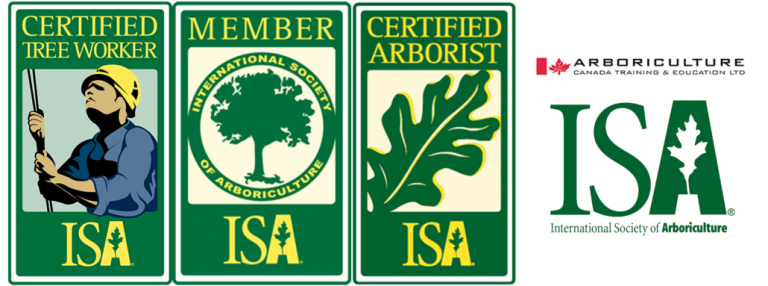Arborist Consulting: Trees Prone To Storm Damage?
Storms will happen any time of the year. During the summer months there are frequent thunder storms with violent and gusty winds. Early snow storms have happened in the fall before the trees have lost all of their leaves. These leaves provide lots of surface area for the snow to collect and weigh down the tree to the point of collapse. In the winter, there is always the possibility of having one of the most damaging types of storms: the ice storm.
When assessing the vulnerability of your trees to storm damage, it only makes sense to do so with all types of storms in mind, not just the particular type of storm for the current season. Storms cause extensive damage especially from downed trees and branches. These downed trees and branches can weigh thousands of pounds and will easily pull down power lines, and damage homes and cars.
While a big tree seems strong, it has its limits as to how much wind or ice it can bear. This limit depends on many things such as the type of tree and its condition. Factors that make a tree prone to storm damage are listed below:
Fast Growing Trees
Fast growing trees tend to have brittle wood. They are often planted because they quickly provide shade compared to slower growing but stronger tree species. Their soft wood is also favored by many insects and diseases. They also tend to have branches that join in a v-shaped crotch that have bark inclusions. This results in a weak joint that is easily torn apart by high winds or ice accumulation.
Trees With A Broad Crown And Fine Branching
The crown is the branching part of a tree that you see above the ground. The broader it is, the more surface area there is for freezing ice to adhere to or for strong winds to blow against. This is also true when the crown is finely branched.
Trees With V-Shaped Branch Junctures With Bark Inclusions
This was mentioned before with respect to fast growing trees but this is an important trait to watch out for regardless of the tree type.
Dead Branches
Branches that are dead are in a weakened state and thus are highly prone to failure during storms. Dead branches have no leaves when other branches do. They may retain dead leaves while the other branches have lost their leaves after the fall season. The bark may have partially fallen off and the branch itself may have fungal growth. Be particularly alert to larger dead branches as these can do great damage.
Cracks And Splits
Cracks and splits in the trunk, branches, or the branch junctures are evidence of damage that has already occurred. The tree is weak at these locations and are likely points of structural failure during a storm.
In addition to the above, the health of the roots of your trees are important but aren\’t always easily assessed since they are hidden from view. The opinion of a professional may be required. If you think your trees are vulnerable to storm damage and would like an evaluation from our arborist consulting services services, you can follow along on Facebook and Instagram, or you can contact us here if you have any questions.

